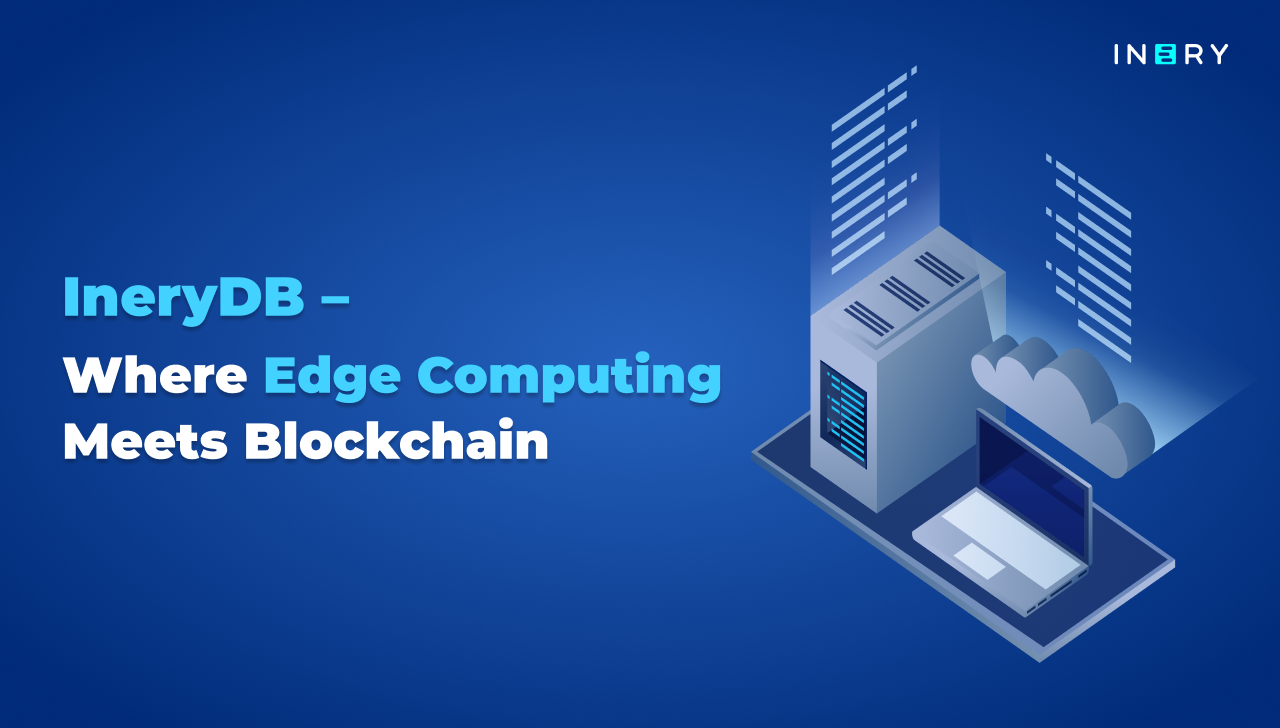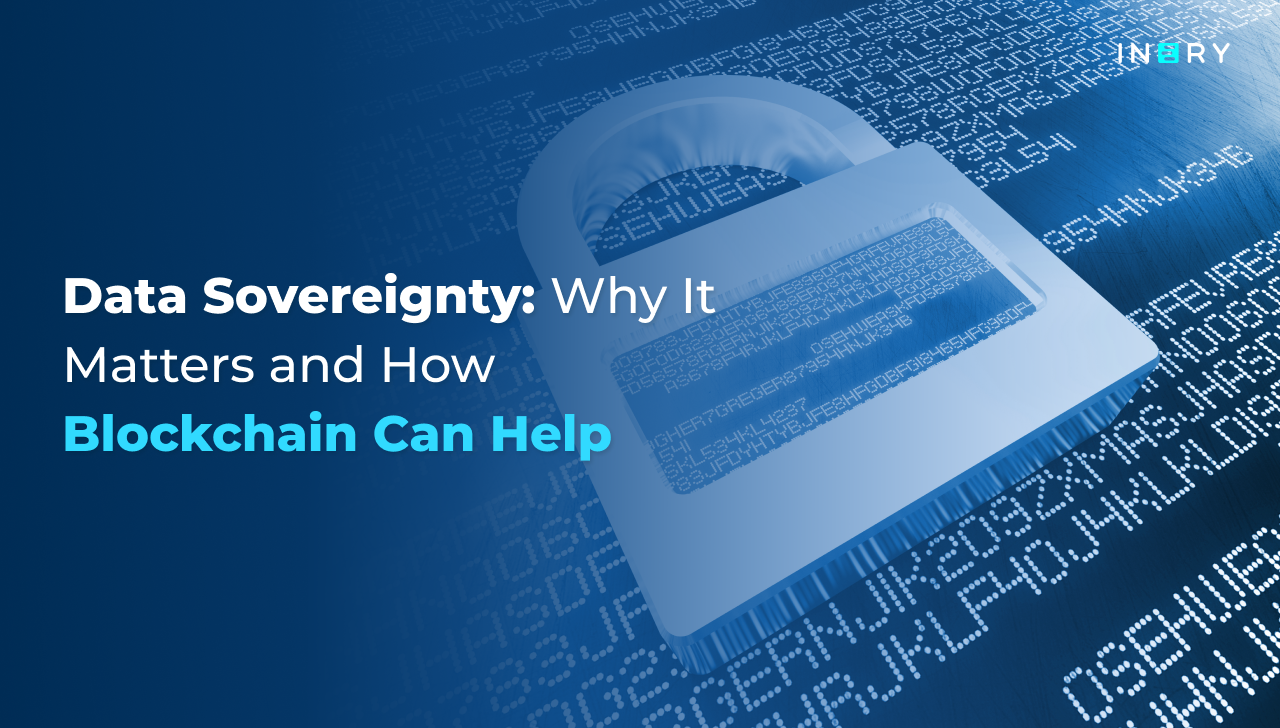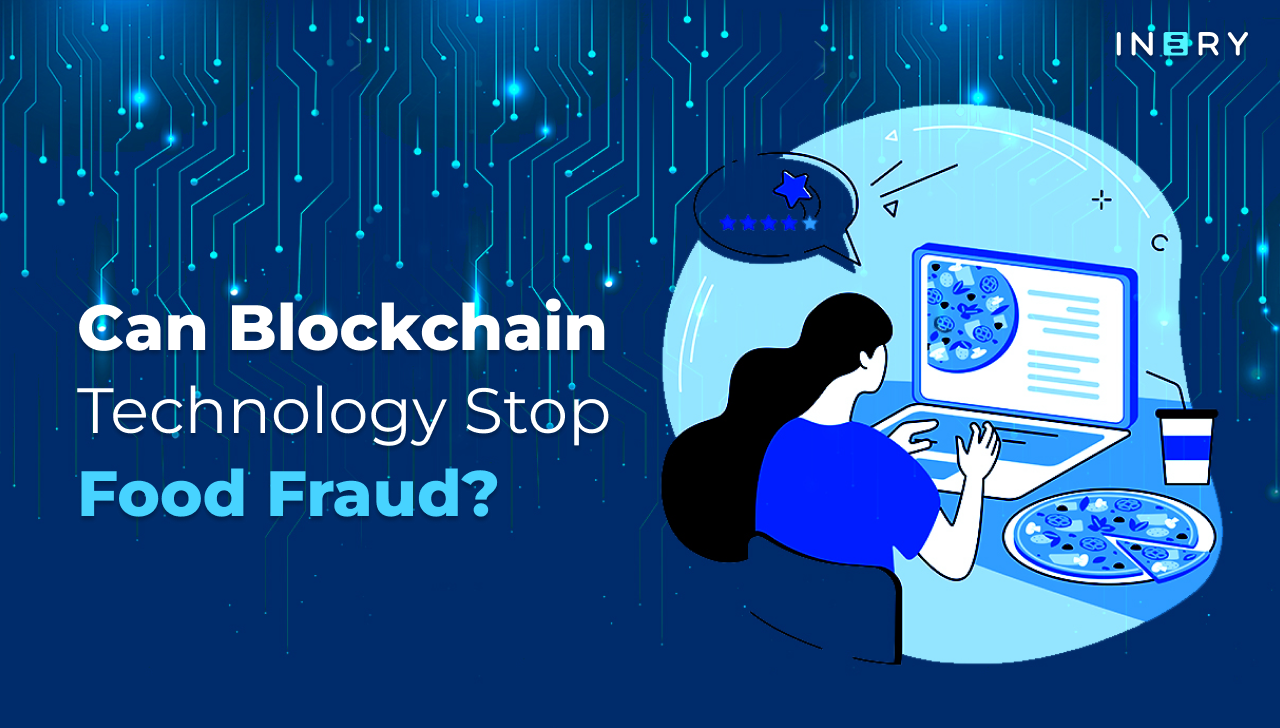If you've been following trends in IT and cloud computing, you've probably heard about 'edge computing'—a buzzword that's revolutionizing the way data is handled at the edge of networks. But what is it actually?
A New Frontier in Data Management
Edge computing has emerged as a transformative approach in the digital age, where the demand for real-time data processing and decision-making is paramount. By bringing computation and data storage closer to the source of data generation, edge computing reduces latency, enhances performance, and provides quicker insights.
This is particularly crucial for industries where milliseconds can make the difference between success and failure, such as autonomous vehicles, healthcare, and financial services.
As we increasingly rely on the Internet of Things (IoT) and other distributed technologies, the volume of data generated at the edge continues to grow. However, managing and securing this data presents significant challenges. Traditional centralized data management systems are often ill-equipped to handle the demands of edge computing, leading to issues such as latency, security vulnerabilities, and single points of failure.
This is where innovative solutions like Inery’s decentralized database management system (DBMS) come into play, offering a new way to manage data at the edge efficiently and securely. However, before we get into that, let’s go over the difficulties that edge computing faces.
The Historical Challenges of Edge Computing
Edge computing, while fancy sounding, is not without its challenges. Historically, the main issues have centered around data security, latency, and the limitations of traditional centralized data management systems.
Security Vulnerabilities
One of the primary concerns with edge computing is the increased risk of data breaches. Since data is processed closer to the source, often in less secure environments, it becomes more susceptible to unauthorized access and tampering. Traditional security measures are often inadequate to protect data in these decentralized environments.
Latency Issues
While edge computing reduces latency by processing data closer to where it is generated, centralized systems can introduce delays when they need to sync data back to a central database. This can lead to inconsistencies and slow decision-making, particularly in applications that require real-time data.
Centralized System Limitations
Traditional database management systems (DBMS) are designed to operate in centralized environments. These systems struggle with the decentralized nature of edge computing, where data is generated and needs to be processed across multiple locations. Centralized systems are also prone to single points of failure, making them less reliable for critical applications.
Inery and Edge Computing: A Revolutionary Approach
Inery’s decentralized database management system addresses the core challenges of edge computing by leveraging blockchain technology to create a resilient, secure, and highly available data management platform.
At the heart of Inery’s system is its decentralized architecture, which eliminates the vulnerabilities associated with centralized systems. By distributing data across a network of autonomous nodes, Inery ensures that there is no single point of failure, significantly enhancing the reliability and security of the system.
Our solution excels in real-time data synchronization, a critical requirement for edge computing. The system ensures that all nodes across the network maintain up-to-date information with minimal latency, even when dispersed over large geographical areas. This capability is crucial for industries that rely on real-time data to make informed decisions, such as logistics, healthcare, and finance.
Inery’s use of blockchain technology provides an additional layer of security. Each data transaction is cryptographically linked and validated by multiple nodes, making it nearly impossible for unauthorized individuals to alter or tamper with the data. This decentralized approach to security is particularly beneficial for edge computing, where data integrity and confidentiality are critical.
Technical Aspects of Inery's System
Inery’s decentralized DBMS is built on a foundation of advanced technologies that ensure high performance, scalability, and security.
-
Consensus mechanism: Proof of Equal Stake (PoES)
Inery uses an AI-powered consensus mechanism called Proof of Equal Stake (PoES). This innovative approach ensures that every node in the network has equal rights and power, maintaining a balanced distribution of authority and preventing any single node from becoming too powerful. This democratized approach to consensus is key to the system's resilience and fairness. -
Custom-made Inery State Database
The Inery State Database is designed for fast data access using virtual RAM, which significantly enhances the system’s responsiveness. This in-memory database allows for rapid data retrieval and storage, making it ideal for applications where speed is critical. -
Scalability and performance
Inery’s system is highly scalable, with performance scaling directly with the hardware capacity of the network machines. As more nodes are added to the network, the system becomes more secure and resilient. This scalability is particularly important in edge computing environments, where the volume of data can vary significantly. -
Programmable value contracts
Our solution incorporates programmable value contracts that define the database structure and actions. These contracts allow for automated execution of predefined conditions and rules, ensuring data integrity and facilitating complex transactions within the network.
Use Cases and Applications
Inery’s decentralized DBMS has wide-ranging applications across various industries, particularly those that rely on edge computing.
Supply Chain Management: Enhancing supply chain visibility and traceability is achieved through real-time updates across the entire network. With a decentralized architecture, transaction records remain secure and tamper-proof, allowing businesses to track goods, manage inventory levels, and ensure timely deliveries—even in complex and geographically dispersed supply chains.
Inventory Management: Maintaining optimal stock levels and reducing carrying costs is made easier through real-time data synchronization. Inery ensures that inventory data is always current and accessible from any location, preventing both stockouts and overstock situations.
Fleet Management: Secure tracking of vehicle locations, maintenance schedules, and route optimization are significantly improved. The decentralized architecture protects all fleet data from unauthorized access and tampering, ensuring reliable and efficient fleet operations.
Procurement Management: Streamlining procurement processes becomes more efficient with a transparent and secure platform for managing supplier relationships, purchase orders, and contracts. Inery ensures that procurement data is immutable and verifiable, reducing the risk of fraud and errors.
Warehouse Management: Advanced warehouse management functionalities, such as space optimization, picking and packing processes, and order fulfillment, benefit from a decentralized approach. Our solution ensures that warehouse data is consistent and available in real-time, leading to improved operational efficiency and accuracy.
Financial Management: Comprehensive financial management tools—including budgeting, accounting, and financial reporting—are supported by blockchain technology, which ensures the integrity and accuracy of financial data. This enables businesses to make informed financial decisions with confidence.
Conclusion
Edge computing is reshaping how we think about data management, requiring solutions that are fast, secure, and resilient. Inery’s decentralized database management system meets these demands head-on, providing a resilient and reliable platform that addresses the unique challenges of edge computing.
With its advanced blockchain technology, real-time synchronization, and scalable architecture, Inery is well-positioned to lead the way in this new era of data management. Whether it's in supply chain management, fleet operations, or financial reporting, Inery offers the tools businesses need to thrive in an increasingly decentralized world.

Inery•
10 months ago
Why Decentralized Databases are the Next Big Thing
Explore the historical evolution of databases and the emerging role of companies like Inery in this transformative landscape. ...READ MORE
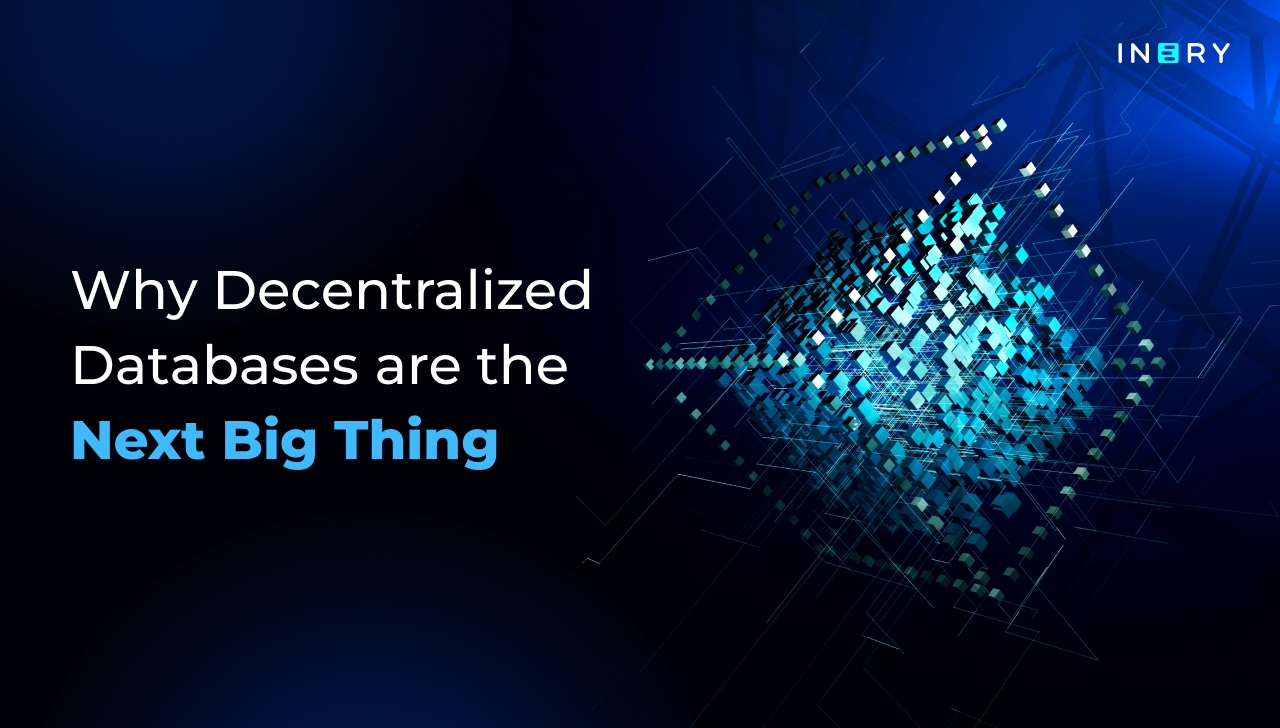
Share

Inery•
2 years ago
A Paradigm Shift: Laying the Framework for Web 3.0 Mass Adoption
A Paradigm Shift: Laying the Framework for Web 3.0 Mass Adoption Making web 3.0 accessible and intuitive to the users without sacrificing security or performance. ...READ MORE
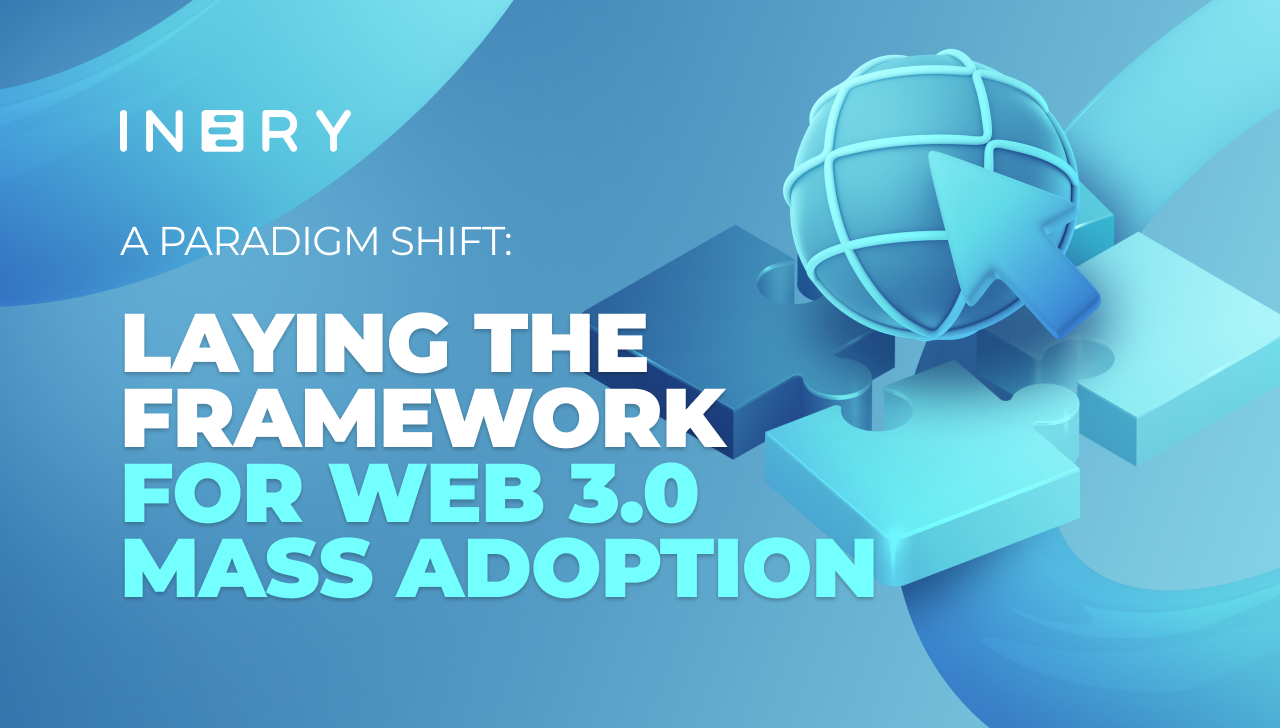
Share

Inery•
2 years ago
Securing your Identity in the New World
The innovation of metaverse demands innovating the practices. ...READ MORE
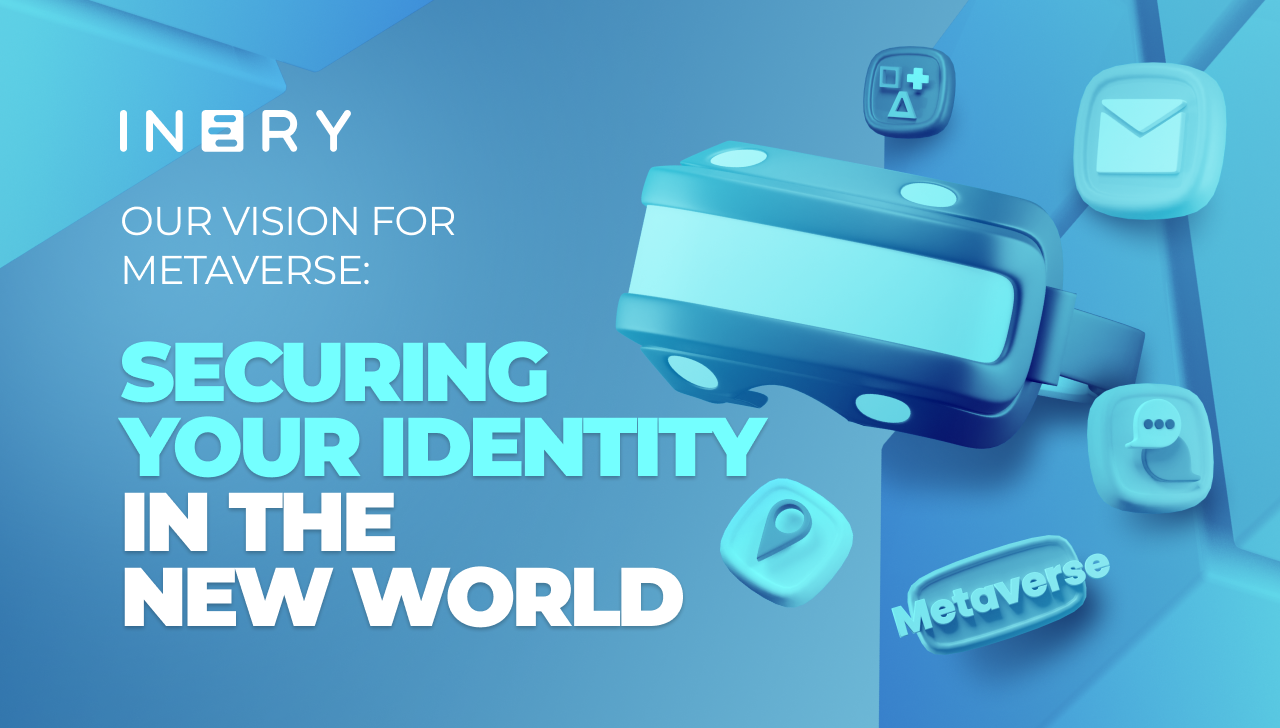
Share

Inery•
2 years ago
Our Vision for Metaverse: To Connect a Disconnected World
Changing the dynamics of metaverse from a platform-specific approach to the interoperability of content between different platforms. ...READ MORE
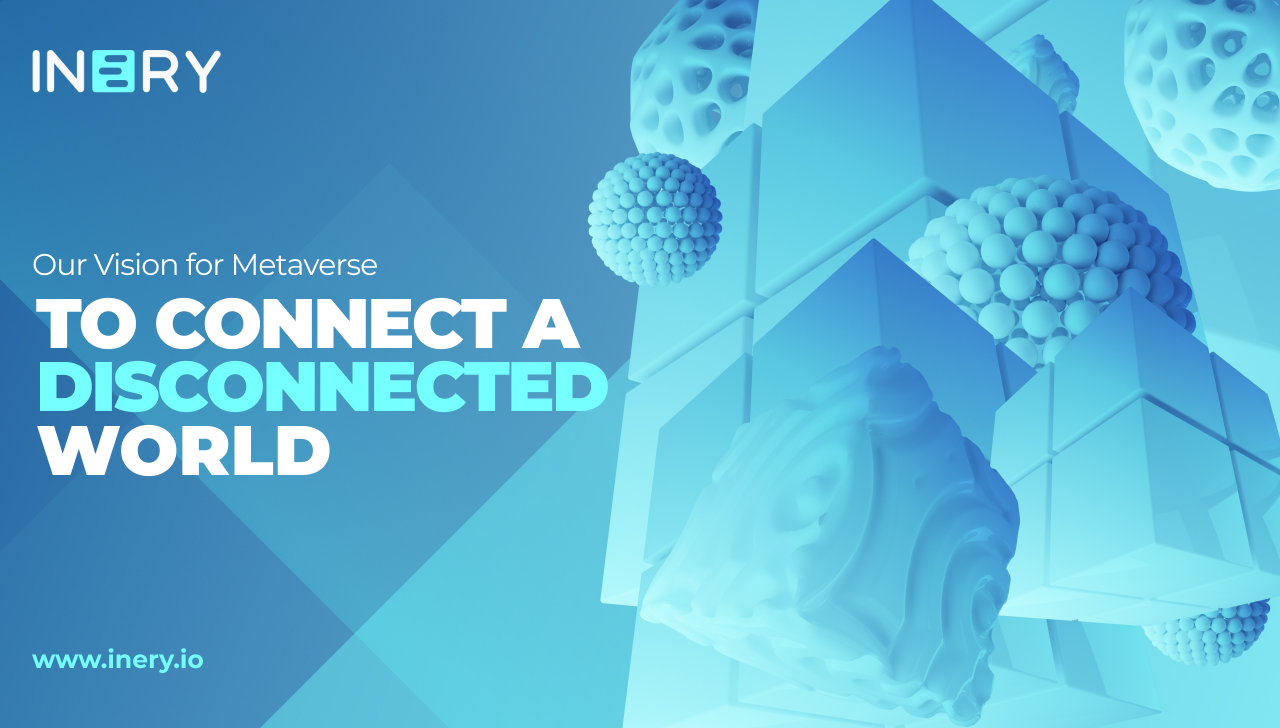
Share
Most popular today

